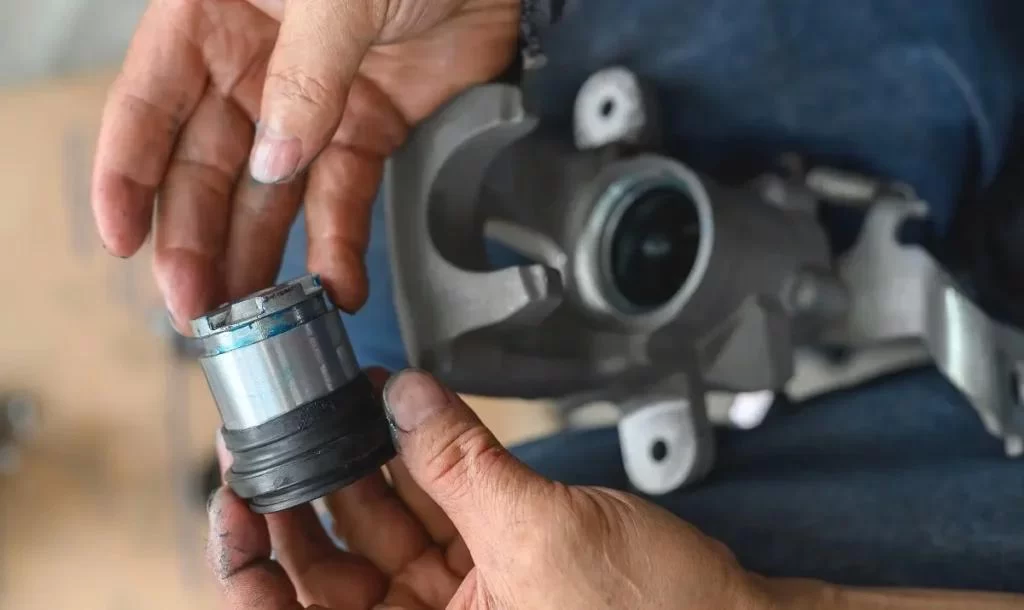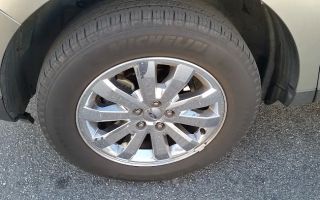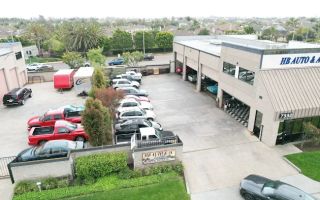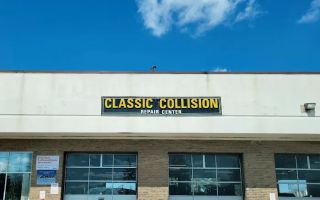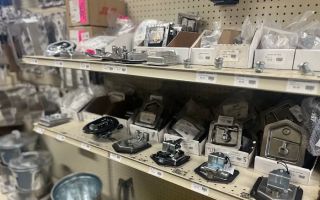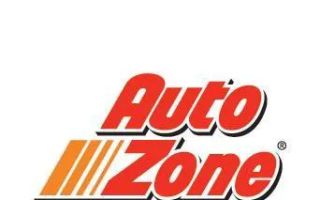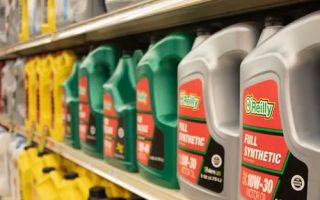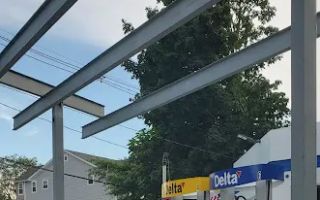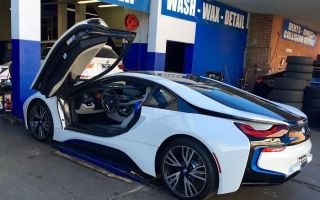How to Fix a Car with Sticky Brake Calipers – A Detailed Guide
Dealing with a sticky brake caliper is frustrating, but if you’ve ever noticed your car pulling to one side, an unusual burning smell, or excessive heat near a wheel, you might be dealing with this exact issue. I’ve faced it a couple of times, and trust me, ignoring it only makes things worse. Instead of spending a fortune at a repair shop, you can fix this problem yourself with some patience and the right tools. In this guide, I’ll take you through the process step by step.
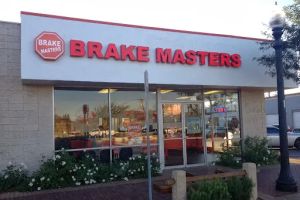
Brake Masters
24411 Main St, Santa Clarita, CA 91321, USA
1. Identifying the Symptoms of a Sticky Brake Caliper
Before we get into fixing the issue, let’s make sure the problem is actually a sticky caliper. Here’s what I look out for:
- Car pulling to one side: If one caliper is stuck, it can cause uneven braking force, making the car drift.
- Burning smell near the wheel: If you smell something like burnt rubber or metal near a wheel, it’s a sign of excessive friction.
- Excessive heat on the rim: A quick touch (carefully!) can reveal a significantly hotter wheel compared to the others.
- Increased fuel consumption: A dragging brake means your engine works harder, burning more fuel.
- Uneven brake pad wear: When inspecting your brake pads, one side may be more worn than the other.
2. Gathering the Necessary Tools and Parts
To fix a sticky brake caliper, you’ll need a few tools and replacement parts:
- Jack and jack stands
- Lug wrench
- Socket set and ratchet
- Brake cleaner
- Penetrating oil (like WD-40)
- Brake grease
- Brake fluid
- C-clamp or brake caliper tool
- Replacement caliper (if needed)
3. Safely Lifting the Car and Removing the Wheel
Before starting, park the car on a level surface and engage the parking brake. Follow these steps:
- Loosen the lug nuts on the affected wheel slightly while the car is still on the ground.
- Use a jack to lift the car and secure it on jack stands.
- Fully remove the lug nuts and take off the wheel.
4. Inspecting the Brake Caliper
With the wheel off, you can get a closer look at the brake caliper. Common problems include:
- Rust or dirt buildup: A corroded piston or slide pins can cause the caliper to stick.
- Torn or dried-out rubber boots: The rubber boots around the slide pins should be flexible and intact.
- Piston not retracting: Pressing the brake pedal should move the piston outward, and it should retract when released.
5. Cleaning and Lubricating the Brake Components
If the issue isn’t severe, cleaning and lubricating the caliper might solve the problem.
- Use a brake cleaner to remove dirt and debris.
- Remove the slide pins and inspect them for rust.
- Apply brake grease to the slide pins and reinstall them.
- If the piston is stiff but not seized, apply a small amount of penetrating oil and gently work it back and forth.
6. Replacing a Stuck or Seized Brake Caliper
If cleaning doesn’t solve the issue, you might need to replace the caliper.
- Remove the brake line from the old caliper (be prepared for some brake fluid to leak out).
- Unbolt the caliper from the bracket and take it off.
- Attach the new caliper, securing it with bolts.
- Reconnect the brake line and ensure it’s tight.
7. Bleeding the Brake System
After replacing or servicing the caliper, you must remove any air from the brake lines:
- Have a friend press the brake pedal while you open the bleed valve on the caliper.
- Allow fluid and air bubbles to escape, then close the valve.
- Repeat until only clean fluid comes out.
8. Reinstalling the Wheel and Testing the Brakes
- Put the wheel back on and tighten the lug nuts.
- Lower the car and fully tighten the lug nuts in a crisscross pattern.
- Press the brake pedal a few times to ensure the caliper engages properly.
- Take the car for a short test drive, checking for any pulling or unusual resistance.
9. When to Seek Professional Help
If the caliper is completely seized and even replacing it doesn’t fix the problem, there could be an issue with the master cylinder, ABS module, or brake lines. In this case, it’s best to consult a professional mechanic. If your car is unsafe to drive, you can arrange a tow service to transport it to a repair shop. For reliable towing services, visit Rescue & Towing.
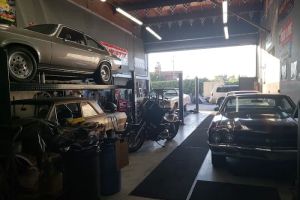
Little D's Muffler & Brakes
2970 S Winchester Blvd, Campbell, CA 95008, USA
10. Preventing Future Brake Caliper Issues
To keep your brakes in top shape:
- Regularly inspect and clean the calipers.
- Use high-quality brake fluid and change it as recommended.
- Apply grease to slide pins and moving parts.
- Avoid aggressive driving that overheats the brakes.
By taking these precautions, you can avoid dealing with a sticky brake caliper again!

